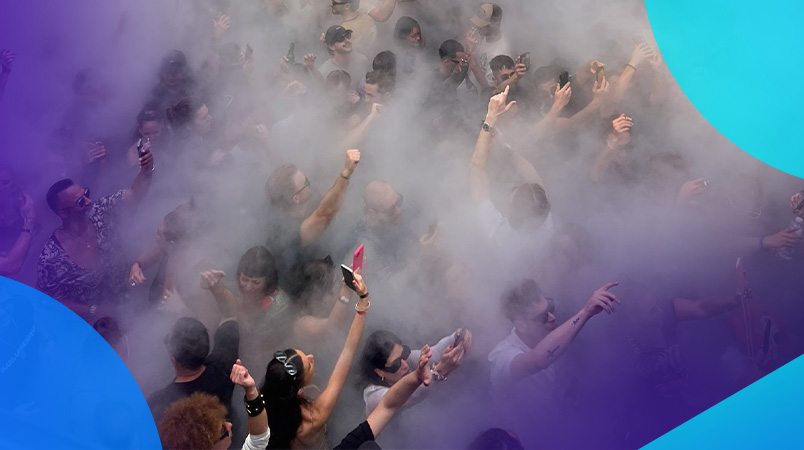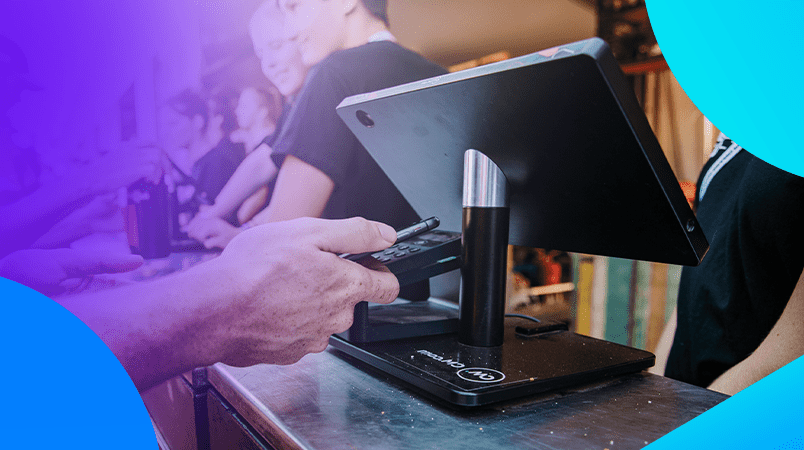Start with research
To build your personas, you need to source as many insights on your audience as possible. (If your event is completely new and you don’t have an audience, then your job is to validate your event concept with surveys and conversations with those likely to attend. Use those to build provisional personas that you can adapt over time.)
Start by inspecting your data (staying within GDPR regulations). With CM, you have complete ownership of your attendee data and – unlike other platforms – are free to access and export it at any time. This allows you to uncover the insights you need.
Start with these:
Look for any demographic markers, such as age, location, and interests, to get a basic sense of who and where your audience are
Analyse ticket purchasing patterns to understand when they are most likely to buy
Identify repeat attendees and analyse what they have in common. Look for behavioural patterns to understand what drives their loyalty
To get a sense of what messaging and content resonates, go through email marketing metrics and social media engagement rates
If you have a website, drill down into your analytics. Pay particular attention to conversion paths – to see which content drives the most ticket sales – and where your traffic is coming from.
Complement your data findings with attendee feedback. Use post-event surveys to ask them how they heard about your event, and what they would like to see in the future. Hold 1:1 conversations with your most loyal attendees to understand more about their lifestyle and where your event fits in.
Finally, assess the landscape. Look at what competitors are doing, incorporate wider trends and developments, and match these against what your audience is looking for to identify opportunities.
Piece your personas together
Once the research phase is done, move on to building your personas. There are endless ways to do this but don’t get bogged down – ultimately, they just need to be digestible and actionable.
A well-presented Buyer Persona is one that is visually appealing, easy to navigate, and structured in a way that highlights key insights at a glance. People are more memorable than bullet points, so often you’ll see personas presented as fictional characters with some sort of cringey moniker – e.g. Fun-Seeking Fred.
You don’t need to do that, but you do need to present a clear picture of your typical attendees and give a sense of their deeper motivations. Tell a story: reveal their characters and traits, introduce a problem and demonstrate how your event solves that problem. They will be more memorable (and used) as a result.
Buyer personas fall down when they are too woolly. Guard against this by including insights that are precise and actionable.
Don’t say: “they are active on social media” – say: “they primarily engage with reels on TikTok and Instagram, and are particularly active on weekdays between 5.30 and 7.30pm.”
Don’t say: “they are passionate about live music” – say: “they value our event because they want to support the grassroots of live music and enjoy discovering new acts within their preferred genre of Amapiano.”
Don’t say: “they buy tickets through our website” – say: “they generally buy tickets through our website using a mobile device, with most transactions occurring 48-72 hours after receiving a promotional email. They are 75% more likely to convert when they have a discount code.”
Make your personas count
Buyer personas can help you land sponsors, fine-tune your marketing, and increase ticket sales – but only if they’re acted upon.
It is the curse of strategy documents to be presented and discussed once before being consigned to a shared drive never to be opened again. Avoid that fate by integrating your personas into your day-to-day.
Here are some ideas:
Make it a team effort: If you have a team, involve them from the outset. They will bring observations to the table and feel more invested in the process as a result
Bring them into your onboarding: When permanent or freelance team members join, familiarise them with your personas straightaway
Regular recaps: Start every ideation or strategy meeting with a recap of your buyer personas to bring focus to the discussion. Pin them into Slack or Teams channels
Adapt them over time: Set quarterly calendar reminders to review your personas, bringing in new attendee feedback and learnings.
Providing you have the right insights, it should be pretty clear as to how you act upon them. But, to wrap up, here are some common use cases:
Demographics: use these to guide the location, timings, pricing and content of your event. For example, if you find that a lot of your most loyal attendees come from East London and your events are Central, you might want to consider introducing a more local event
Promo: use your personas to craft a more targeted promo strategy. If you use TikTok to promote your event but your audience prefers IG, there’s your pivot. If they generally attend in large groups, create group discounts. If they tend to buy tickets on Sunday morning, send out your promo emails then
Partnerships: get a sense of what other content and brands your audience consume and then approach them for a collab. This will open up sponsorship and promo opportunities while building affinity with your attendees.








